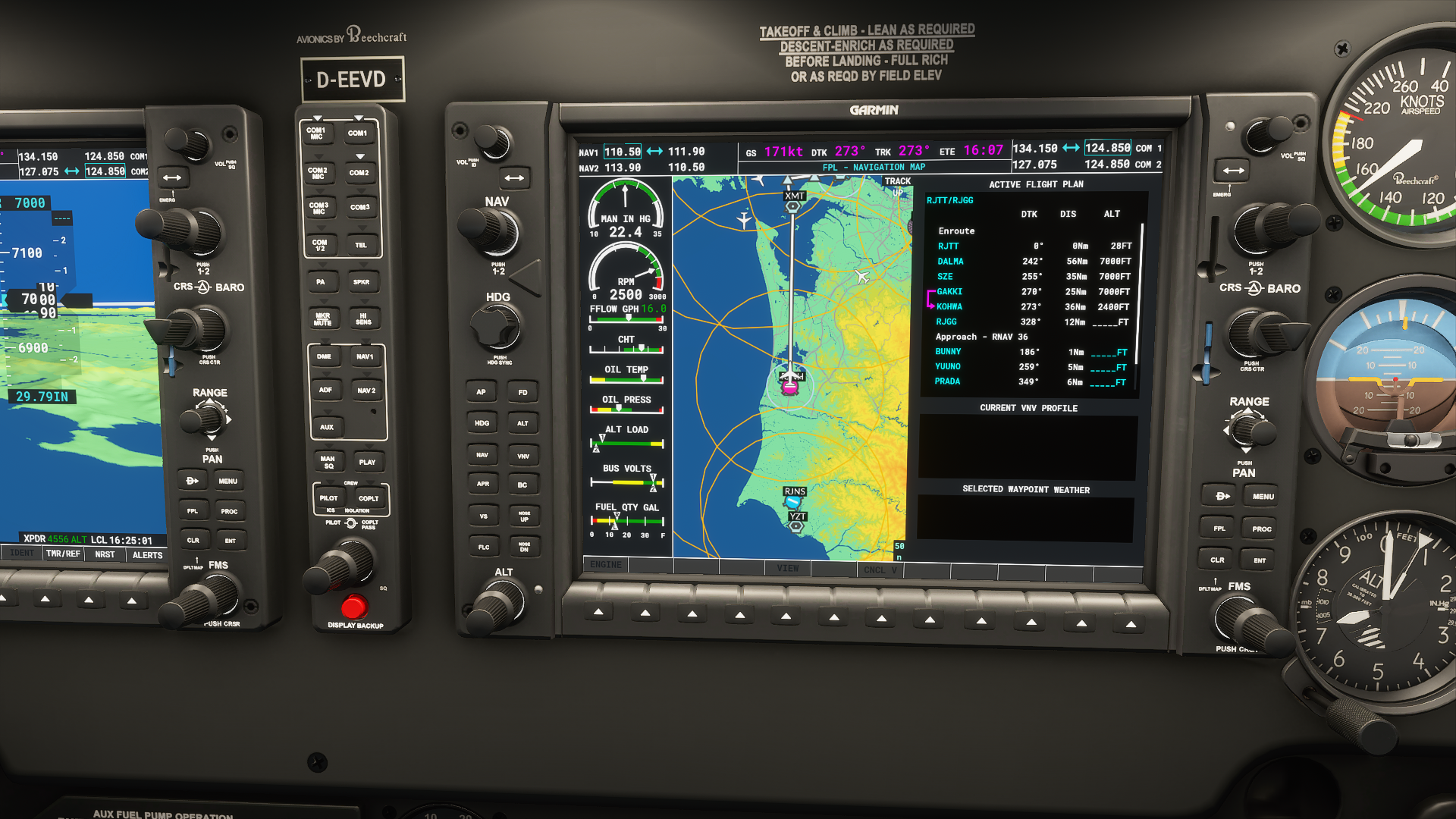G1000 Simulator Software There are several alternatives for G1000 simulation. One is the Garmin G1000 software simulator provided by Garmin on CD-ROM. Microsoft Flight Simulator X, or FSX, also now includes the G1000. The Aviatek AV G1000 series perfectly replicates Garmin G1000 avionics. From size of the panel to buttons placement, the look, the usability and the functionality of our AV G1000 series is.
Many of us will begin our Microsoft Flight Sim journey (yes it is a journey for some of us :D) using the Garmin G1000 glass cockpit in the Cessna 172 and when I began using it I have to admit to being a little overwhelmed by the options and buttons available. It took me quite a while to figure out my way around and now that I am more familiar with using it, my enjoyment of the simulator has increased exponentially.
With that in mind, I wanted to write a guide to help newer simulator pilots get familiar with the G1000 and hopefully increase their enjoyment of Microsoft Flight Simulator 2020 at the same time. The premise is for this to be a reference point for other articles that will take a more in-depth look at each function.
Garmin G1000 Suite for Flight Simulators Overview: The RealSimGear G1000 Suite is a high quality, ultra realistic hardware interface for your flight sim. The suite includes the G1000 PFD, MFD and GMA audio panel. The PFD and MFD each contain a dedicated 10.4' high quality HDMI display.
G1000 Familiarisation
The G1000 is and integrated flight control system that presents flight instrumentation, navigation, position and, communication information to the pilot through two displays. As you look at the cockpit we have the Primary Flight Display (PFD) on the left and the Multi Function Display (MFD) on the right. In between the two display units there is the Audio Panel.
PFD / MFD Controls
The control functions for the PFD and the MFD are the same.
- Nav Volume Knob – Controls the NAV audio level.
- Nav Frequency Transfer Key – Transfers the standby and active NAV frequencies.
- Dual Nav Knob – Tunes the standby NAV frequency. The large knob tunes MHz and the small knob kHz.
- Heading Knob – Press to synchronize the current heading. Turn to adjust the heading bug.
- Joystick – Changes the map range. When pushed, it is used to pan across the map.
- CRS/BARO Knob – The large knob sets the barometric pressure, the small knob adjusts the course.
- Dual COM Knob – Tunes the standby COM frequency. The large knob tunes MHz and the small knob kHz.
- COM Frequency Transfer Key – Transfers the standby and active COM frequencies.
- COM VOL/SQ Knob – Controls COM audio level
- Direct-to Key – This allows us to enter a waypoint and travel a direct course to the chosen destination.
- FPL Key – Display the Active Flight Plan Page
- CLR Key – Ereases information or cancel an entry.
- Dual FMS Knob – Press to turn on/off the selection cursor.
Data Entry: With the cursor on (blue flashing) turn to enter data into the field.
Scrolling: When the data is too long for the window, you can scroll by turning the large knob.
Page Selection: Turn the knob on the MFD to select the page view. The large knob selects a page group, the small knob selects an item from the page group. - MENU Key – Displays a list of available options.

- PROC Key – Selects IFR departures (DPs), approaches (STARs) and, arrivals (IARs) from the flight plan.
- ENT Key – Accepts a menu selection or data entry.
- Dual ALT Knob – Sets the altitude in the blue box above the altimeter. The large knob selects thousands (500M for metric) and the small knob selects hundreds (50m for metric).
- AP Key – Engages/disengages the AutoPilot.
- HDG Key – Selects/deselect Heading Select Mode.
- NAV Key – Selects/deselect Navigation Mode.
- APR Key – Selects/deselect Approach Mode.
- VS Key – Selects/deselect Vertical Speed Mode.
- FLC Key – Selects/deselect Flight Level Change Mode.
- FD Key – Activates/deactivates the flight director.
- ALT Key – Selects/deselect Altitude Hold Mode.
- VNV Key – Selects/deselect Vertical Navigation Mode.
- BC Key – Selects/deselect Back Course Mode.
- 29. NOSE UP/NOSE DN Keys – Controls the pitch for Pitch Hold, Vertical Speed, and Flight Level Change.
Flight Instruments

The PFD main display shows flight instruments as detailed below.

- Nav Frequency
- Airspeed Indicator
- True Airspeed
- Current Heading
- Turn Rate Indicator
- Heading Bug
- Outside Air Temperature
- Softkeys
- System Time
- Transponder Data Box
Garmin G1000 Simulator Free
- Horizontal Situation Indicator (HSI)
- Barometric Altimeter Setting
- Vertical Speed Indicator(VSI)
- Reference Altitude Bug
- Altimeter
- Reference Altitude
- COM Frequency Box
- Navigation Status Box
- Slide/Skid Indicator
- Attitude Indicator